Bahco #625 gasket scraper is available on eBay: $21
Finally, I vacuum the area and go after any leftover debris with a thin cloth on a screwdriver tip wetted with a bit of grease — the debris will stick to the grease. When everything is clean, I proceed to the gasket and cover.
I slide the dry gasket onto the engine, locating it onto the dowels; it will want to droop along the top so I add a few dabs of gasket cement along that area to hold it during assembly. Before I snug the bolts I visually verify that the gasket is in place around the entire circumference (third photo). Bottom all the bolts in a crosswise pattern and tighten incrementally. Finally, install the oil filler cap and dipstick, ensuring that their o-rings are in place. If needed, the o-rings are still available from Honda.
At this point I blow out the spark plug holes with compressed air (spark plugs in place). Note that there's water drain holes for these cavities 90° to the outside of the engine casting, which should also be cleared with compressed air or a long wire, if clogged. I do this along with swabbing the spark plug holes clean before valve cover removal.
Finally, I refill the crankcase with oil, and with the engine buttoned up, I'll move on to the cooling system install.

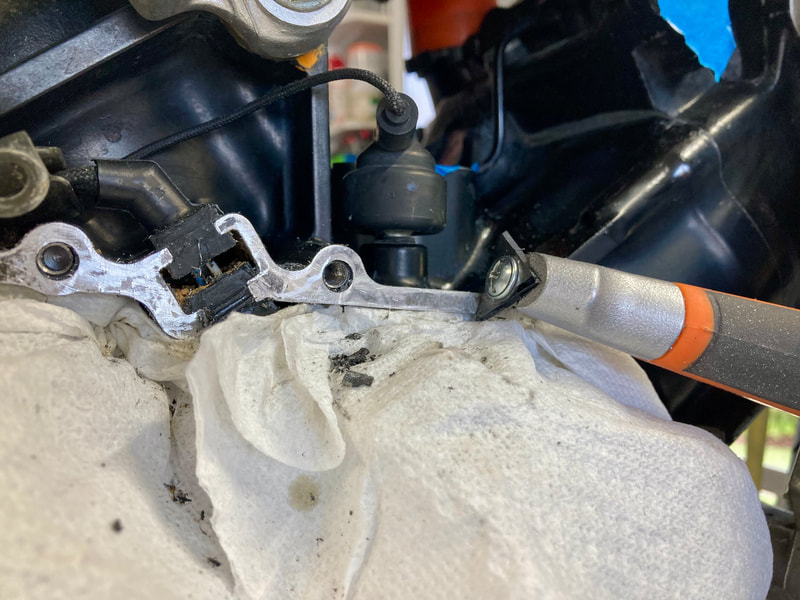
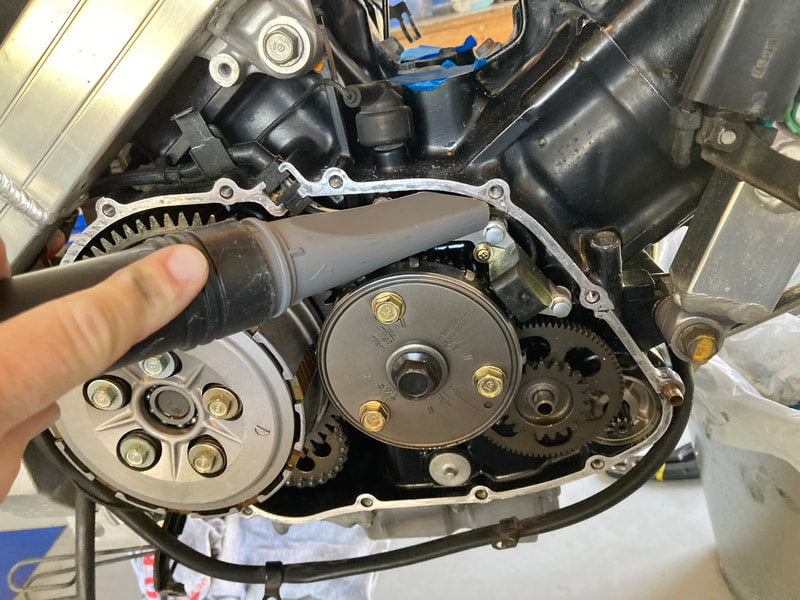

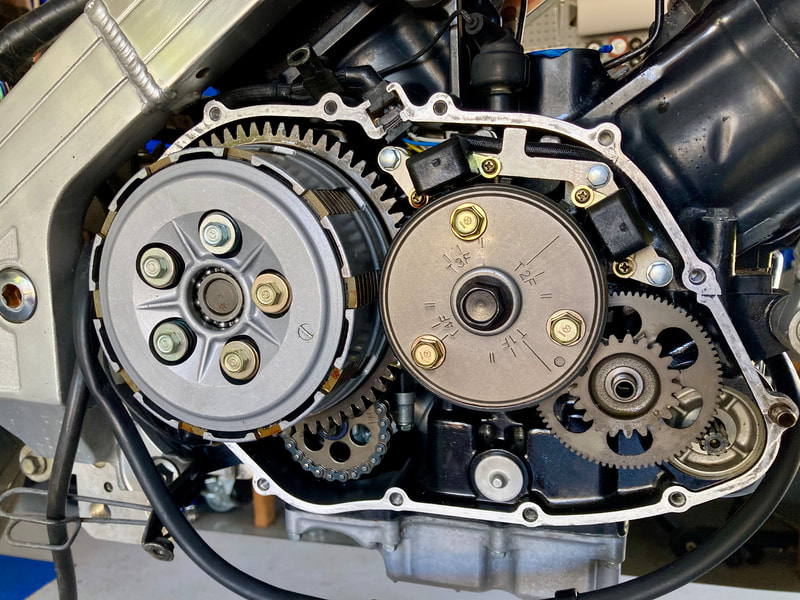
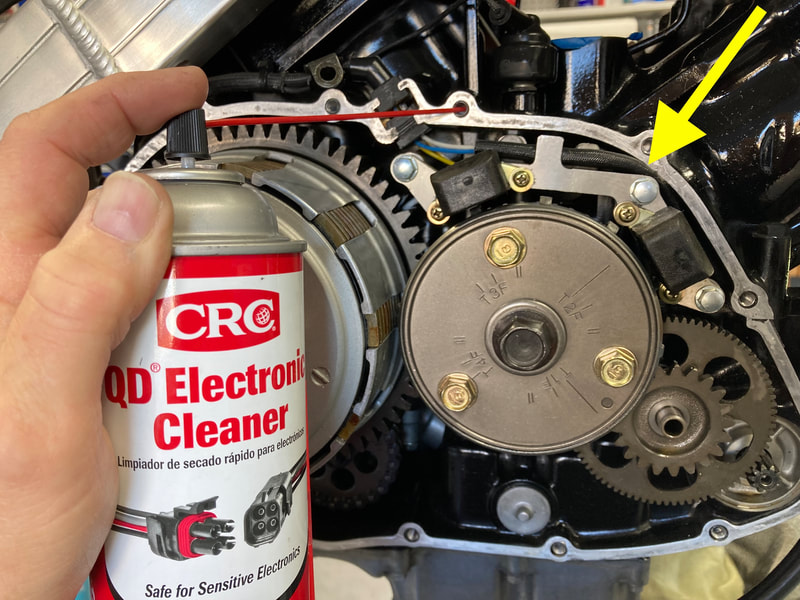
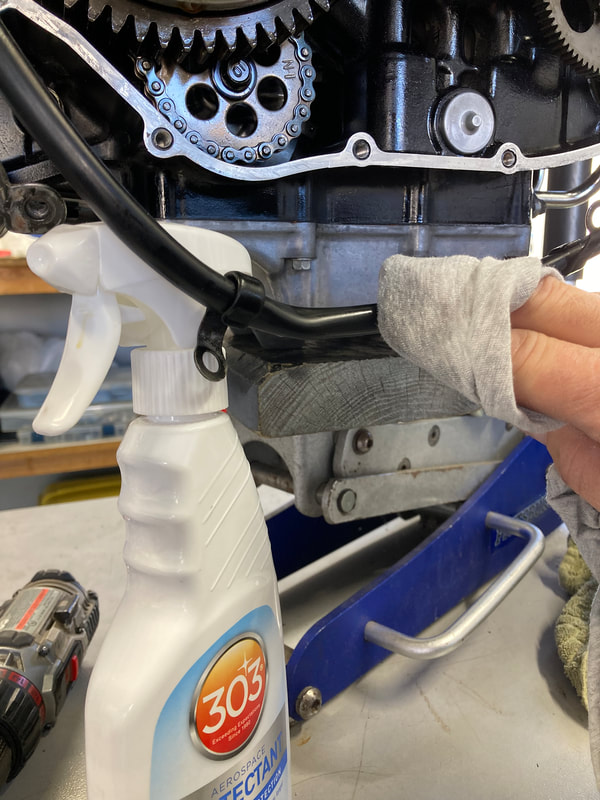
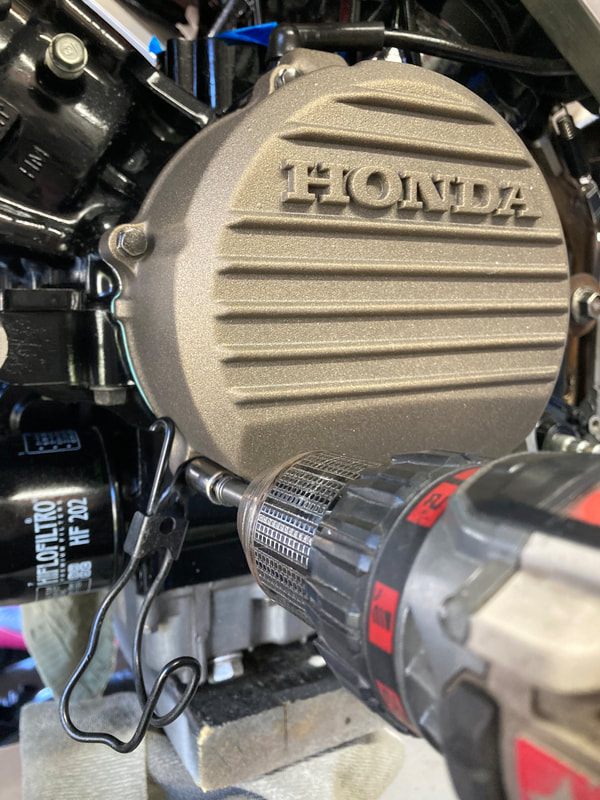
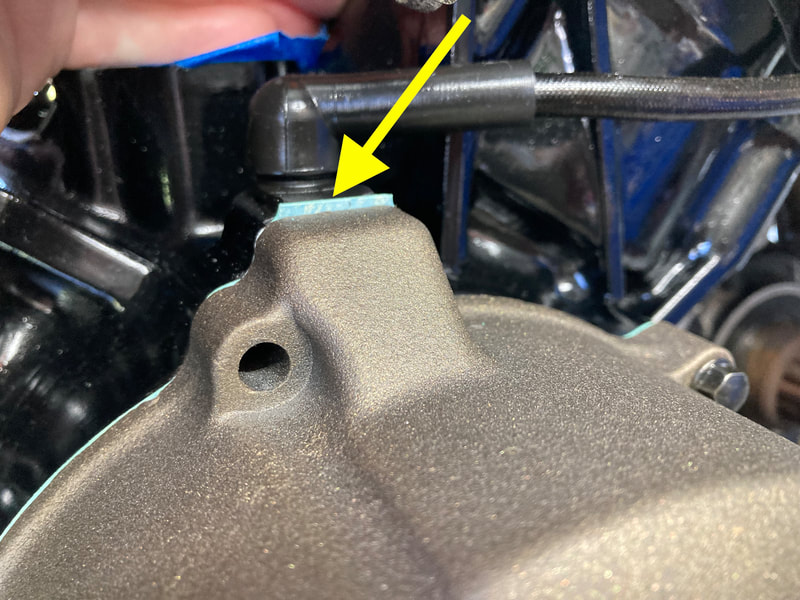
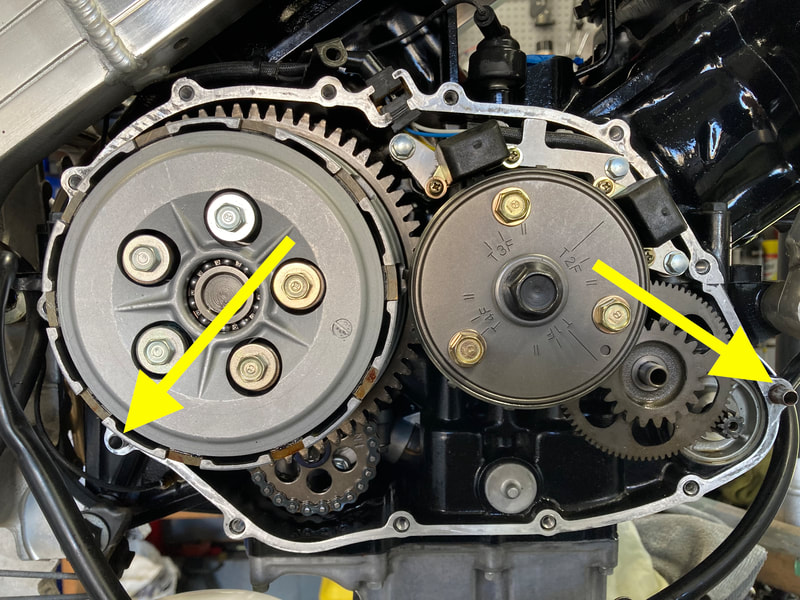
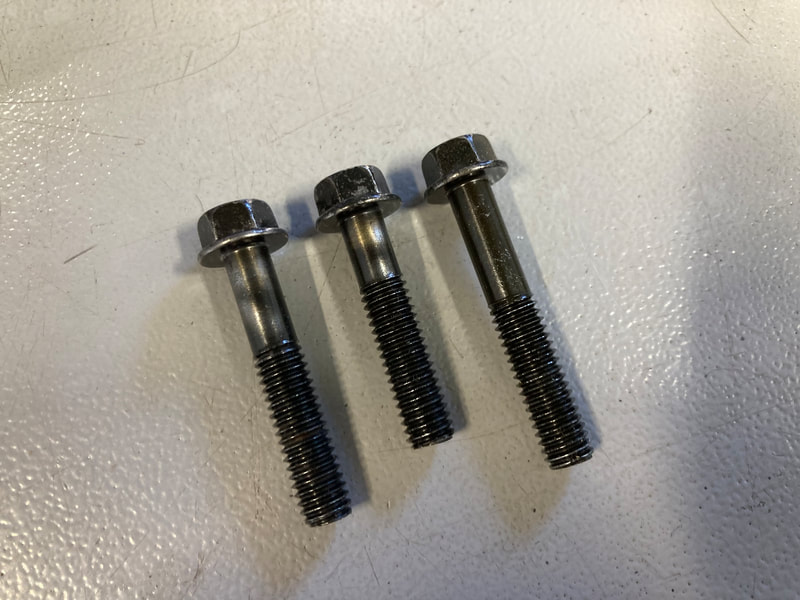
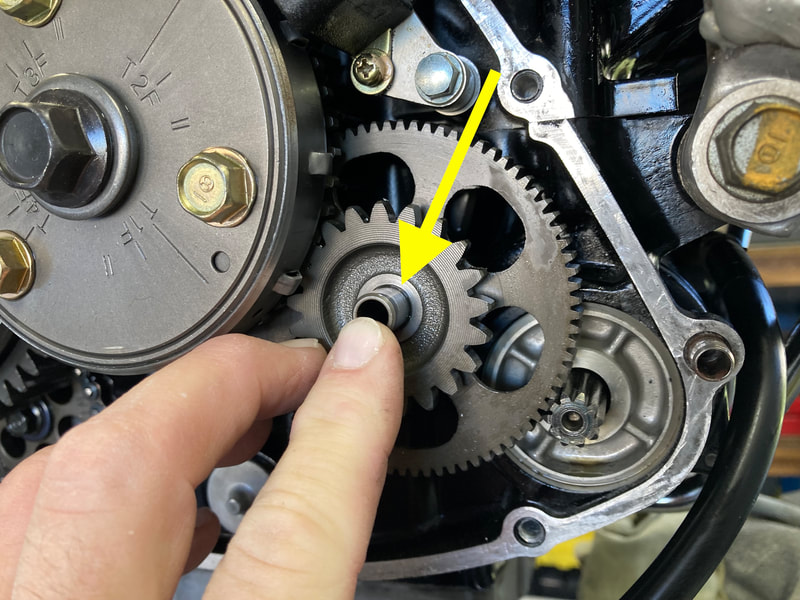
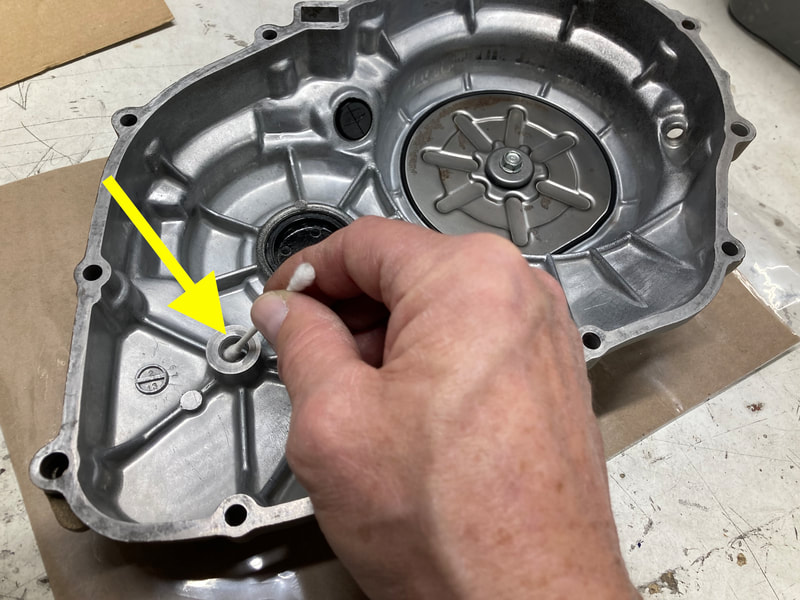
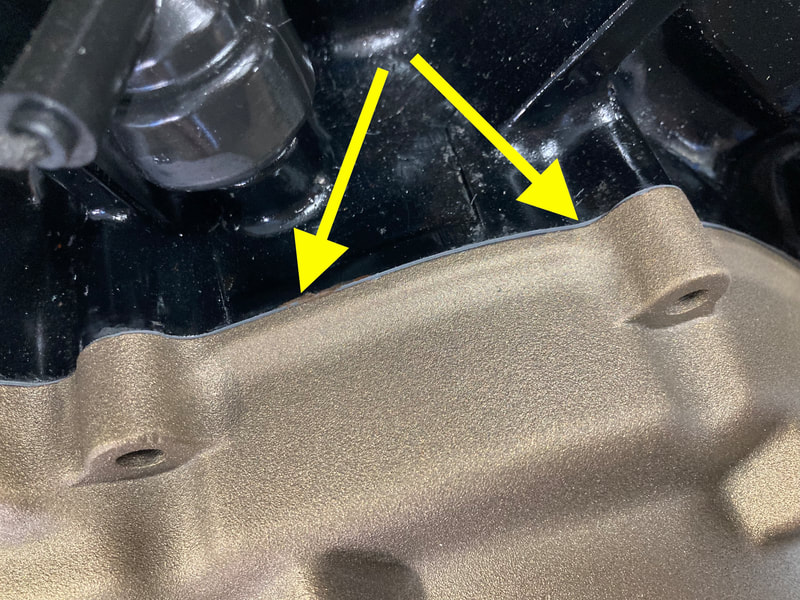

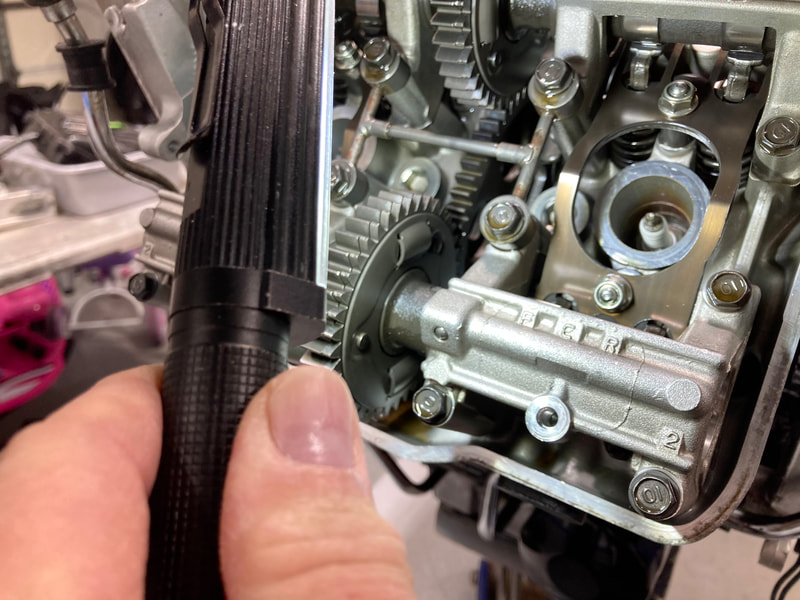
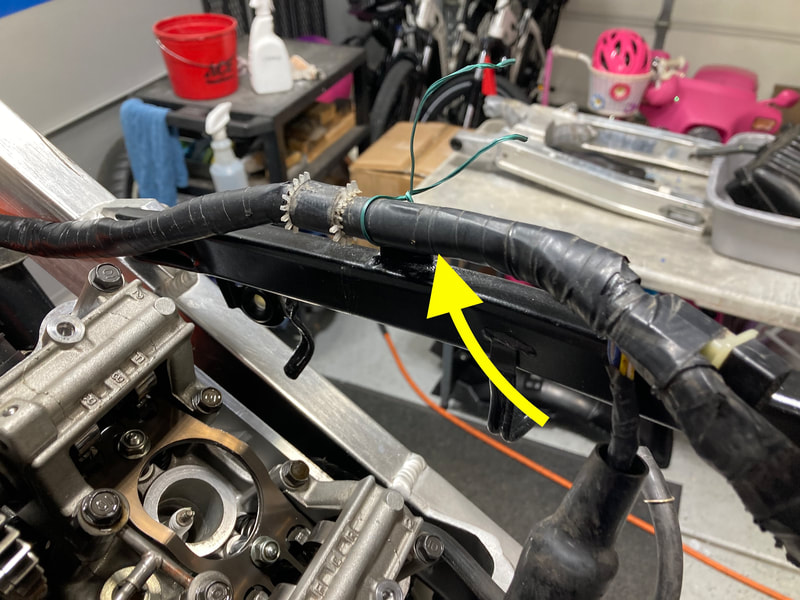
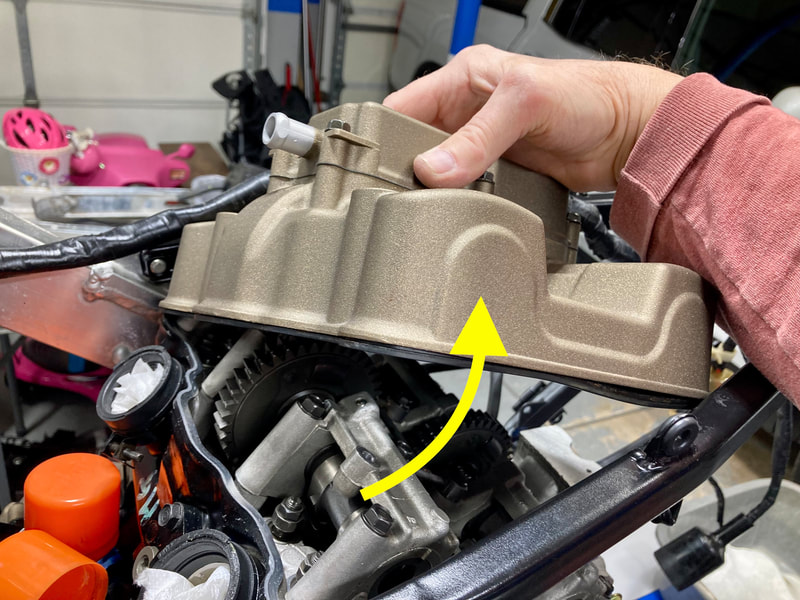
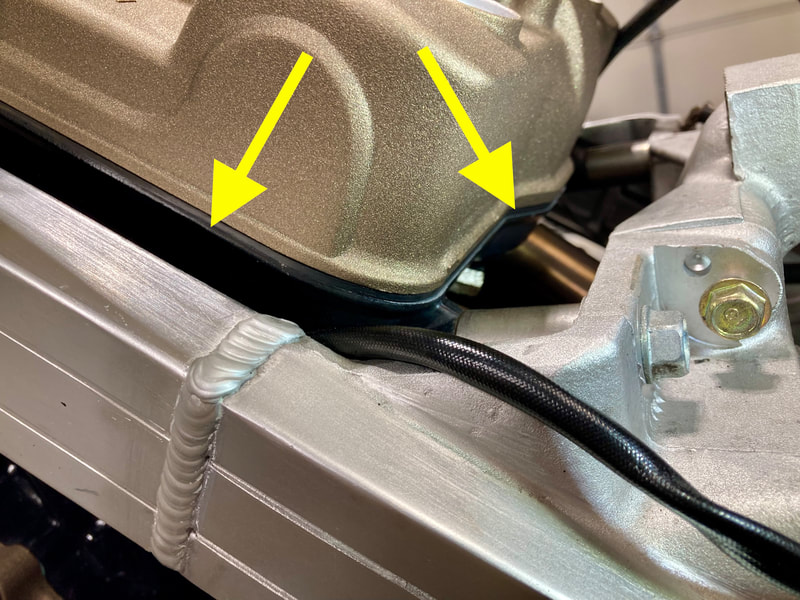
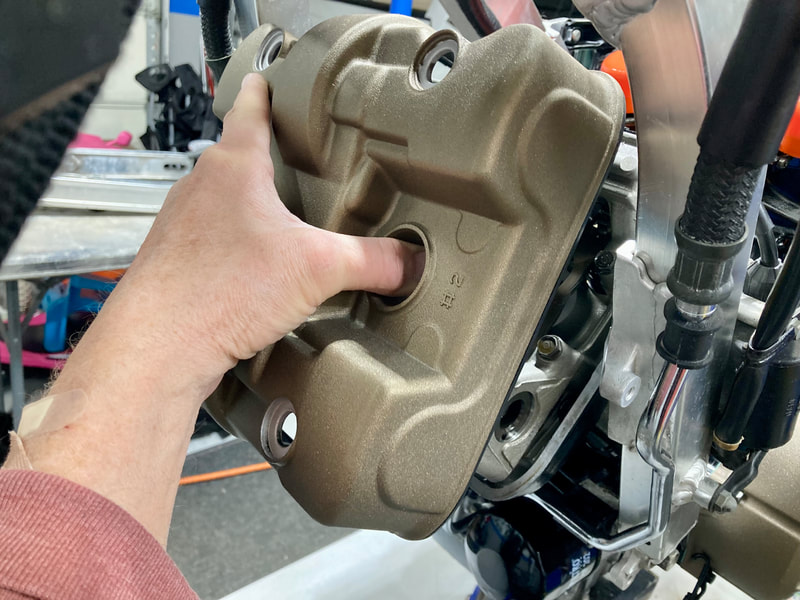

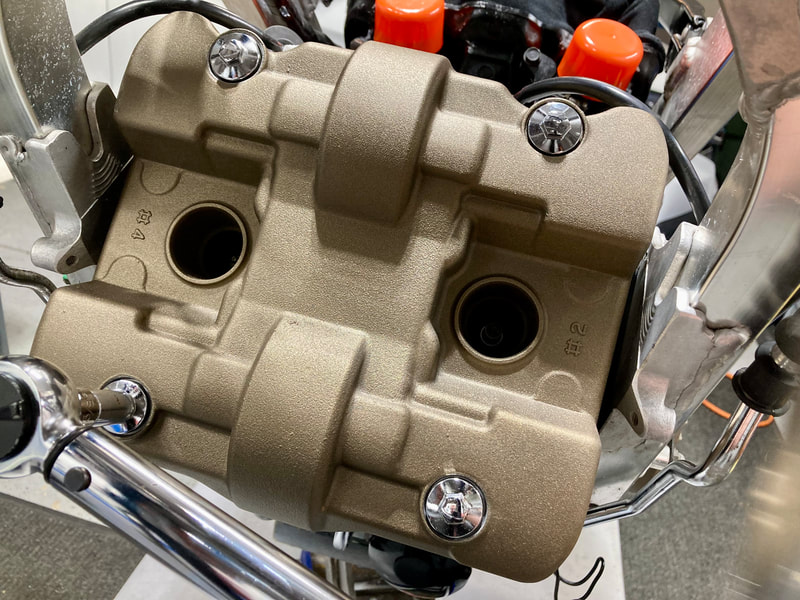
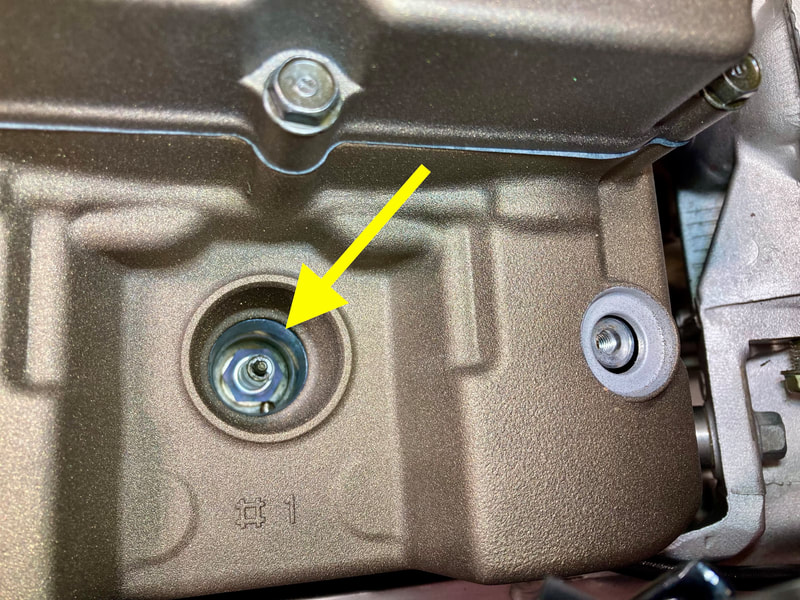

 RSS Feed
RSS Feed